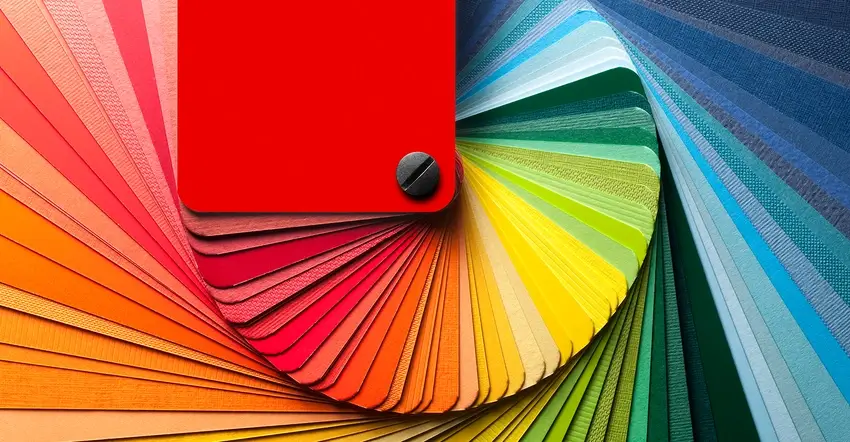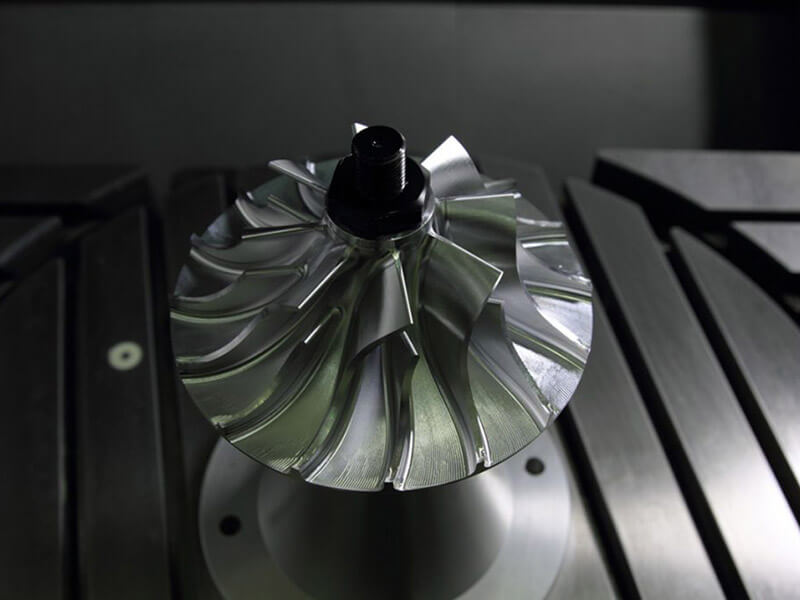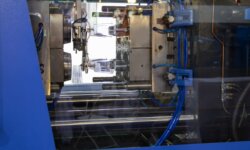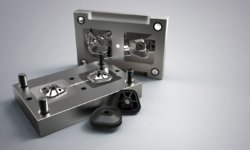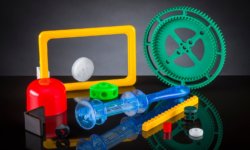The injection molding process is ideal for making large batches of identical colored parts. Because pigments can be mixed into the molding material prior to production, there is generally no need for secondary finishing processes like painting or plating. Furthermore, the color goes through the entire part, not just the surface layer, so parts retain their color even after wear and tear.
However, coloring injection molded parts is not without its difficulties. When making hundreds of thousands of units across multiple batches, manufacturers must take certain steps to achieve color consistency. Duplicate parts should resemble one another, and different components of an assembly should also have the exact same color to ensure a professional appearance.
So how do you ensure injection molding color consistency? This article goes over the basics of high-quality coloration of moldings, explaining important subjects such as the Pantone color system, color matching, and masterbatches.
How injection moldings are colored
Masterbatching
When making very high volumes of colored parts, the most efficient coloring method is masterbatching. A masterbatch is a highly concentrated pigment mix within a carrier matrix that can be evenly mixed with an injection molding polymer within the injection molding machine. The carrier matrix can be either “universal” or polymer-specific (matched to the molding material).
Masterbatches can be produced in custom colors, but the minimum order quantity is around two tons, which makes them suitable only for very high-volume orders. Two tons of masterbatch is mixed with around 48 tons of molding material, which is often enough for hundreds of thousands of parts. Masterbatches achieve very good color consistency between parts and batches and the concentrate does not stick to the inside of the hopper like dry powder pigment.
Compounding
When making fairly high volumes of colored parts, the most efficient coloring method is compounding. A compound is a pre-colored injection molding polymer that does not need to be mixed in the injection molding machine. The compound is ordered from a third-party material supplier.
Compounds can be produced in custom colors and have the advantage of being obtainable in smaller quantities than masterbatches. The minimum order quantity for a compound (which comprises both the injection molding polymer and the pigment) is around one ton. Fairly good color consistency can be achieved, but the cost per unit is higher than masterbatching.
Dry pigment mixing
The simplest and most efficient means of coloring parts in low volumes is dry pigment mixing. This involves mixing a colored powder with a natural (uncolored) injection molding material before it is placed into the injection molding machine.
This coloration technique has no minimum volume requirements and is therefore cost-effective for prototypes and small batches. However, it is not ideal for achieving color consistency, as the colorant and polymer do not always mix well, and some color can stick to the inside of the hopper of the injection molding machine. Using multi-cavity family molds is a good way to mitigate color consistency issues for assemblies, though these molds are more expensive to produce.
Secondary finishing
For very low volumes of moldings, another option is to color the parts after molding by spray painting or another post-processing method. While this method is slow and unsuitable for medium or large batches, it may be necessary for low-volume orders that require a custom color and a good level of consistency between units. Secondary finishing also allows for the addition of textures or UV-resistant coatings to the parts.
Why color consistency is important
Ensuring consistent coloration across injection molded components is important for several reasons, whether it is avoiding a mismatch in tone between mating components or making sure a product aligns with a recognized brand aesthetic. Some of the most important reasons for color consistency are outlined below:
- A solid and consistent color within a single component — without swirling or light patches — looks professional and is more likely to appeal to end-users.
- Assemblies comprising multiple components should not have color mismatches where two components mate.
- Consistent color across a batch is important for applications where several identical components are used, such as connectors that might be sold in packs of a dozen or more.
- A company may need a specific color grade across all units to match their distinctive branding (Coca-Cola red, for example).
- A company may wish to place repeat orders of their colored moldings with an identical color to the previous order.
Ways to improve color consistency
Achieving good injection molding color consistency depends on the coloring technique. However, since masterbatching and compounding can achieve good consistency in nearly all cases, this section will focus on techniques for improving consistency when using dry pigment mixing and secondary finishing.
Choose a standard color
Regardless of the coloration technique, a good way to achieve color consistency across parts and batches is to use a color on the Pantone or RAL chart rather than a custom blend. This makes it easier to obtain the same color between batches and when re-ordering parts at a future date.
Compounds can be obtained much faster and at a lower cost when using a stock color, as the material manufacturer may already have the colored resins in stock.
Use a family mold
To achieve color consistency across components in an assembly, it may be preferable to use a family mold. This is a type of multi-cavity injection molding tooling where each cavity makes a different component. Because each component is made from the same shot of plastic (and the same concentration of pigment), the mating parts should match perfectly.
Family molds work best if each component is geometrically similar; if each component is highly unique, the mold will require a more complex gating system to ensure even filling, and this will add to the cost of the mold.
Control humidity
When adding powdered pigment to the injection molding machine hopper, controlling humidity around the resin and powder is important. The resin should be dried immediately prior to pigment mixing, and the pigment should be added as quickly as possible to minimize air contact.
Use precise metering equipment
Coloring techniques where the color is added in the injection molding machine (masterbatching, dry pigment mixing) can benefit from precise metering of the colorant. The most accurate way to achieve the right ratio of resin to colorant is to use high-quality equipment such as a gravimetric blender, which can be mounted on the molding machine.
Use secondary finishing techniques in tiny batches
Post-processing techniques like spray painting may seem inefficient for a process like injection molding. However, if color consistency is a major priority, painting is often the simplest and most effective method when dealing with prototypes or small batches.
For custom colors, paint can be applied over a molding that has been made from a similar stock color. This prevents scratches and minor wear from showing up in the resin’s natural color and being overly visible.
Ordering colored moldings from 3ERP
3ERP is a highly experienced provider of plastic injection molding services. We offer a broad range of polymers and colors, from small-batch prototypes to larger production runs. Contact us for a free quote on your colored prototypes or colored molded parts.
